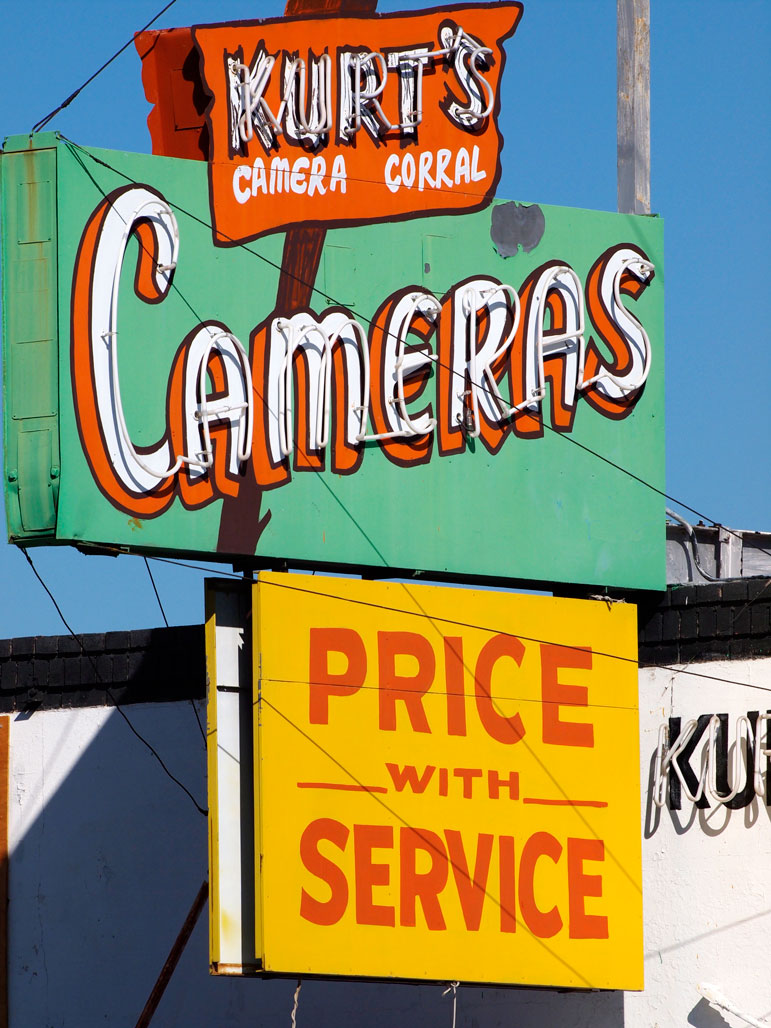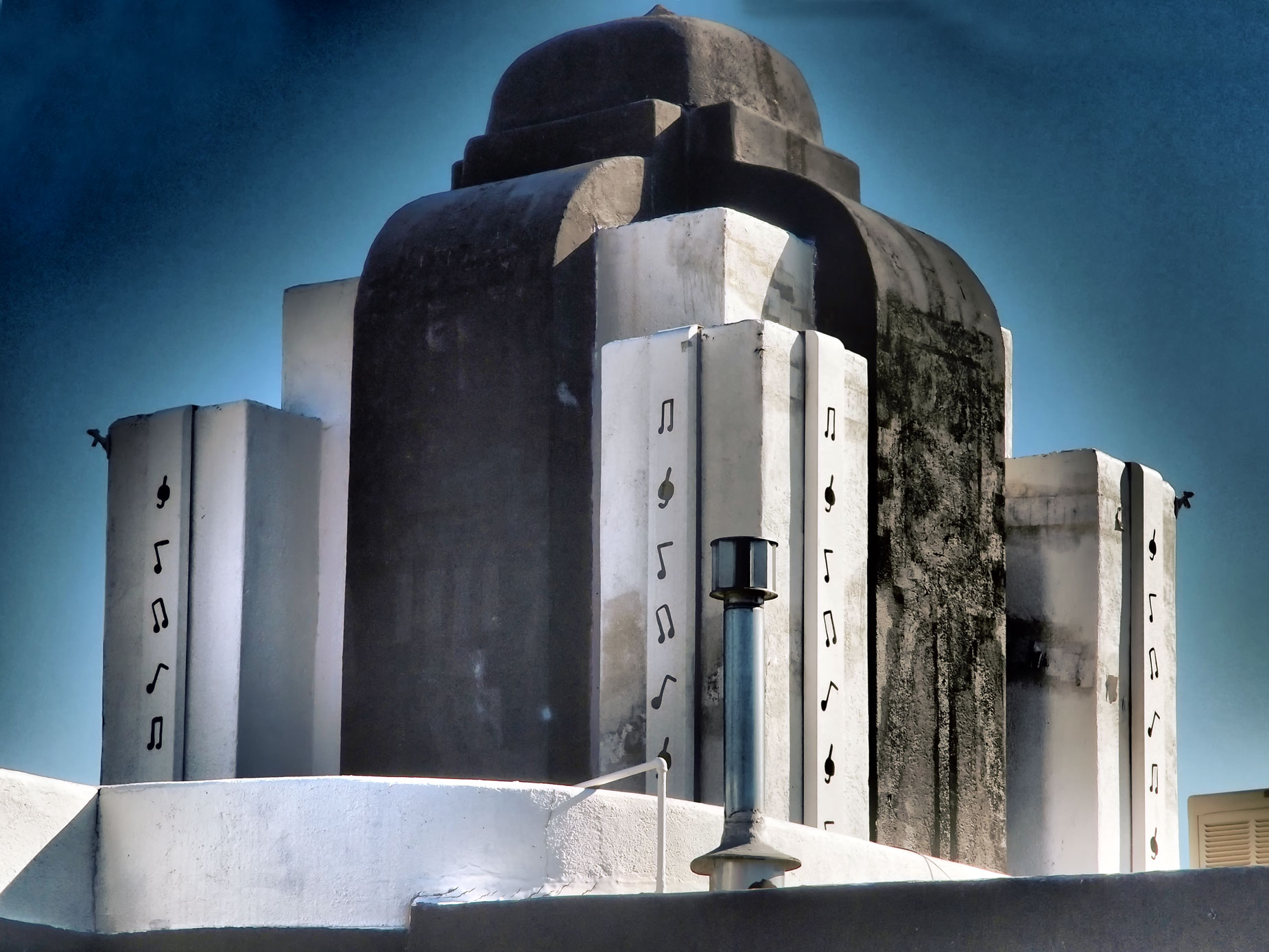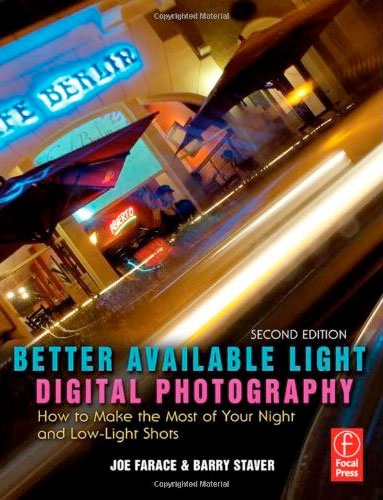On many previous #traveltuesday and other posts, Ive written about my affection for New Mexico and especially the City of Albuquerque. Today is the latest installment.
Today’s Post by Joe Farace
Only two things I know about Albuquerque – Bugs Bunny should’ve taken a left turn there. And give me a hundred tries, I’ll never be able spell it. —Jimmy McGill
 Nob Hill is a neighborhood in Albuquerque, New Mexico that’s named after the famous Nob Hill in San Francisco. In ABQ, it consists of a commercial district that’s located along Central Avenue (the former U.S. Route 66) and surrounding residential areas. The boundaries are Lomas Boulevard to the North, Washington Street to the East, Garfield Avenue and Zuni Road to the South, and Girard Boulevard to the West. It’s located just east of the University of New Mexico and not far my number one destination while in ABQ—the Frontier restaurant that’s located at 2400 Central Ave SE. (Potential diners should keep in mind while the Frontier has an oddly shaped parking area, parking can nevertheless be a challenge.)
Nob Hill is a neighborhood in Albuquerque, New Mexico that’s named after the famous Nob Hill in San Francisco. In ABQ, it consists of a commercial district that’s located along Central Avenue (the former U.S. Route 66) and surrounding residential areas. The boundaries are Lomas Boulevard to the North, Washington Street to the East, Garfield Avenue and Zuni Road to the South, and Girard Boulevard to the West. It’s located just east of the University of New Mexico and not far my number one destination while in ABQ—the Frontier restaurant that’s located at 2400 Central Ave SE. (Potential diners should keep in mind while the Frontier has an oddly shaped parking area, parking can nevertheless be a challenge.)
Nob Hill has been described as “the heart of Albuquerque’s Route 66 culture” and its hippest, funkiest retail and entertainment district. The neighborhood was developed between 1925 and 1950 and has become a popular tourist and shopping destination. It’s known for its eclectic mix of mostly locally owned businesses, including the legendary Kurt’s Camera Corral. I was lucky enough to visit this store before it closed in 2015. Kurt’s was a magical place that let you travel back in time to when camera stores were like dream factories full of the latest cameras and equipment. Too bad the store could not have hung in there for a few more years to embrace the resurgence of film photography. Kodak’s annual film sales changed from a low of 5 million rolls in 2009 to around 30 million rolls in 2021. Count me in as someone who has embraced film photographed and who loves Kodak Gold.

How I Made this Photograph: This is just one of the many architectural curiosities you will find on Central Avenue in Nob Hill. The image was made with an Olympus E-5 with the Digital Zuiko ED 12–60mm f/2.8-4.0 SWD lens at 60mm (120mm equivalent.) It was captured with the Dramatic Tone Art filter that I was in love with at the time. Although this Art Filter is still available on all the new-ish Olympus Micro Four-thirds cameras I currently own but I have since gotten over it. (I think so anyway.) The Program Mode exposure, my default choice for street photography, was 1/500 sec at f/8 and ISO 250.
The Camera Used
In 2007, the 12.3-megapixel Olympus E-5 was considered to be company’s flagship camera and, like other cameras in its E-series, were part of the Four Thirds System—not Micro Four Thirds. This camera used the company’s 17.3 x 13.0mm “Live MOS” (N-channel Metal-oxide Semiconductor) sensor. The camera also had sensor-shift in-body image stabilization that offered five stops of stabilization, which was a big deal at the time and still is. Factoid: In 2003 Konica Minolta’s Maxxum 7D DSLR was actually the first camera with in-body image stabilization.
One of the highlights of Olympus Four-Thirds system were their lenses. Oly has always been know for the quality of their optics and these included weather sealed lenses such as the Zuiko Digital High Grade and Super High Grade lines that were so well received that even today they command relatively high prices. Part of the reason may be availability of the Olympus Adapter MMF-3 and MMF-2 adapters lets you mount Four-Thirds lenses on Micro Four-thirds bodies. There are similar (and more affordable) adapters available from third-parties.

Barry Staver and Joe Farace are co-authors of Better Available Light Digital Photography that may be an oldie but, I think anyway, that it’s a goodie. New copies are $21.50 with used copies starting around twelve bucks from Amazon.